Murchison Falls National Park lies at the northern end of the Albertine Rift Valley where the sweeping Bunyoro escarpment tumbles into vast, palm-dotted savannah. First gazetted as a game reserve in 1926 it is Uganda’s largest and oldest conservation area, hosting 76 species of mammals and over 451 birds. The park is bisected by the Victoria Nile which plunges over the remnant rift valley wall creating the dramatic Murchison Falls, the centerpiece of the park and the final event in an 80km stretch of the river Nile from Karuma Falls rapids. The mighty cascade drains the last of the river’s energy transforming it into a broad, placid stream that flows quietly across the rift valley floor into Lake Albert. At Murchison Falls, the Nile squeezes through a 7-8m wide gorge and plunges with a thunderous roar into the “Devil’s Cauldron”, creating a trademark rainbow. This stretch of river provides one of Uganda’s, most remarkable wildlife spectacles. along the riverbank include elephants, giraffes and buffaloes while hippos, Nile crocodiles and aquatic birds are permanent residents. The 1951 film “The African Queen” starring Humphrey Bogart was filmed on Lake Albert and the Nile in Murchison Falls National Park. Notable visitors to the park include Winston Churchill, Theodore Roosevelt, Ernest Hemingway and several British royals.
ATTRACTIONS
Murchison Falls is characterized by an eternal war between rock and water. The waters violently compress through a narrow gorge, spraying misty droplets along their wake over a 50m radius. This creates a permanent rainbow over the battlefield and causes a continuous roar. From Baker Point on the southern side you can also view the Nile splitting into the smaller Uhuru falls, created in 1962 when the river burst its banks.
River Nile
A boat ride along the Nile to the foot of Murchison Falls is a rewarding experience for nature lovers as both the Northern and Southern banks team with a variety of mammals, birds and reptiles. The ambiance offered by the river while on the trip makes the experience enjoyable and memorable.
The River Nile Delta (Victoria Nile joins Lake Albert)
This wide, calm stretch of water, where the tranquil Victoria Nile flows into Lake Albert is a key area for bird watchers. Its papyrus lined banks are bursting with bird life, including the Goliath Heron, Great Egret, African fish eagles and many other wetland migrants, the most sought-after species here is the rare Shoebill.
Buligi Game Tracks
The Buligi game tracks stretching between the Victoria and Albert Niles are the Murchison Falls National Park’s most popular safari destination. At around 120-170km in length, they pass through open savannah grassland, woodland, acacia and riverine vegetation. Most of the park’s game can be viewed here such as Elephant, Lions, Rothschild Giraffe and herds of buffalos especially during early morning and early evening tours.
Paraa
Paraa, meaning home of the hippo in the local Luo language, is the park’s tourism hub. All the park’s access roads converge here as the Northern and Southern banks are linked by a passenger ferry and several accommodations are located nearby. Additionally a museum and gift shop can be found on the northern bank and most game drives, launch trips and nature walks commence here. The Karuma Falls are located in Chobe, in the northeastern sector of the park. These roaring waterfalls on the Victoria Nile are made up of a series of natural rock formations which cause the waters to ripple and give them a white, foamy appearance. it is an ideal area for sport fishing, game viewing and bird watching as it’s at an area where two ecosystems converge (protected and loosely conserved ecosystems converge).
Kaniyo Pabidi Forest
In the south of Murchison Falls Conservation Area, this forest ecosystem contains black and white Colobus and blue monkeys, olive baboons and a habituated chimp group which can be tracked and viewed. Elephants, buffalos, lions and leopards are also frequent visitors. Many forest birds can be viewed here, including the chocolate-backed kingfisher, white-thighed hornbill and Pulvels Illadopsis which is found nowhere else in East Africa.
Rabongo Forest
Surrounded by savannah and covering just 4km2, Rabongo Forest is considered a birders’ paradise because of the endangered species found here such as the African Finfoot. Rabongo is ideal for educational tours as it provides opportunities to identify animals, birds, medicinal plants and trees. For relaxation, visitors can camp and enjoy picnics by the Wairingo River.
PARK ACTIVITIES
Birding, Game Drives, Hiking and Nature Walks, Launch Trips, Sport Fishing
ACCESSIBILITY
By Roads
Southern Entrance Gates
Two southerly approaches to Paraa lead out to Masindi town which is a 4 hour drive (305km) from Kampala. Along the way to Masindi is the Ziwa Rhino Sanctuary, home to the only wild rhinos in Uganda. Kichumbanyobo is the main gate along the southern section of the park. It is only 16km from Masindi town and to Paraa, the park headquarters. The access road passes via the Kaniyo Pabidi section of Budongo Forest with a lot of primates, butterflies, bigger game and fabulous scenery enroute. A longer but more scenic alternative runs for 135kms from Masindi via Buliisa the park’s Bugungu gate. The route includes passage through Budongo Forest and a memorable descent at the rift valley escarpment with views across Lake Albert towards the Blue Mountains of the Democratic Republic of Congo.
Northern Entrance Gates
It can also be accessed via the Chobe, Wankwar, Mubako and Tangi gates north of the Nile. These can be reached from the Kampala-Pa kwach road which crosses the Nile at Karuma Falls Bridge in the North-Eastern corner of the park 260kms from Kampala. These gates are convenient for visitors traveling to/from Sulu town and Kidepo Valley National Park.
By Air
Pakuba Airfield, 19km from North Paraa, can be reached using chartered aircraft from Entebbe International Airport or Kajjansi airfield near Kampala. Other airfields in the park include: Chobe to the East and Bugungu near Murchison Falls to the South.
WHEN TO VISIT
December to late February and from June to September, The best time for bird watching is January-March which tends to have plenty of bird activity with fewer tourists.
ACCOMMODATION
SPECIALIZED TOUR OPERATORS
- House of Uganda Safaris
- Maranatha Tours and Travel
- Mukwano Safaris
- Victoria Safaris Ltd
- Home to Africa Tours and Travel Company
- Churchill Safaris
- Great Lakes Safaris Limited
- Matoke Tours
- Kjong Uganda Safaris

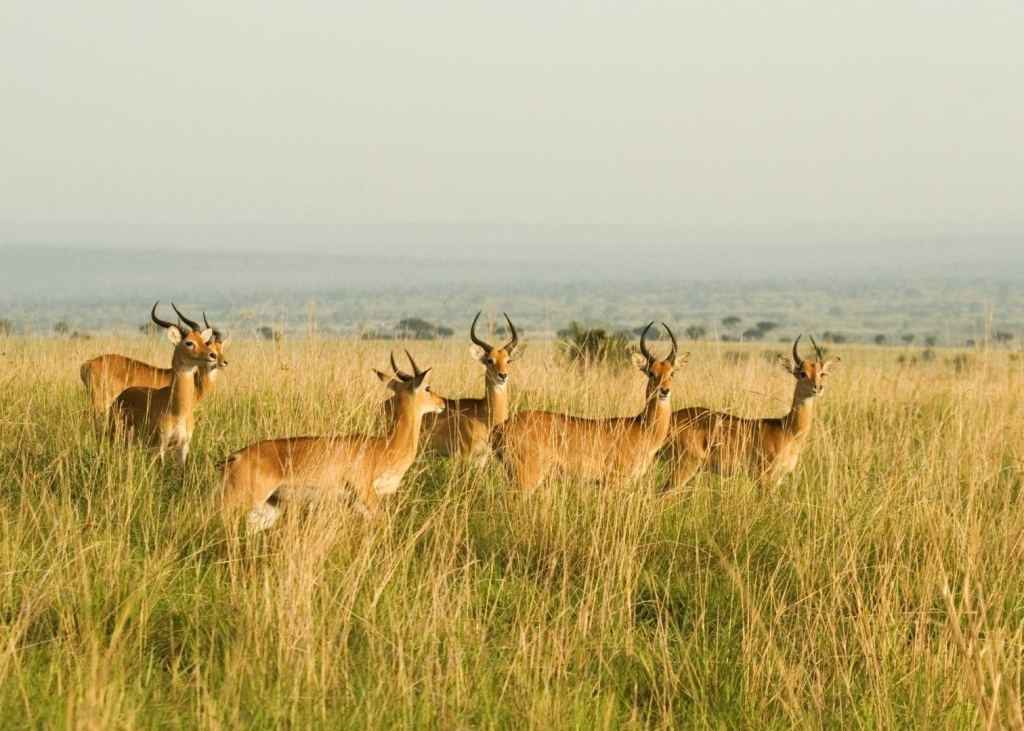

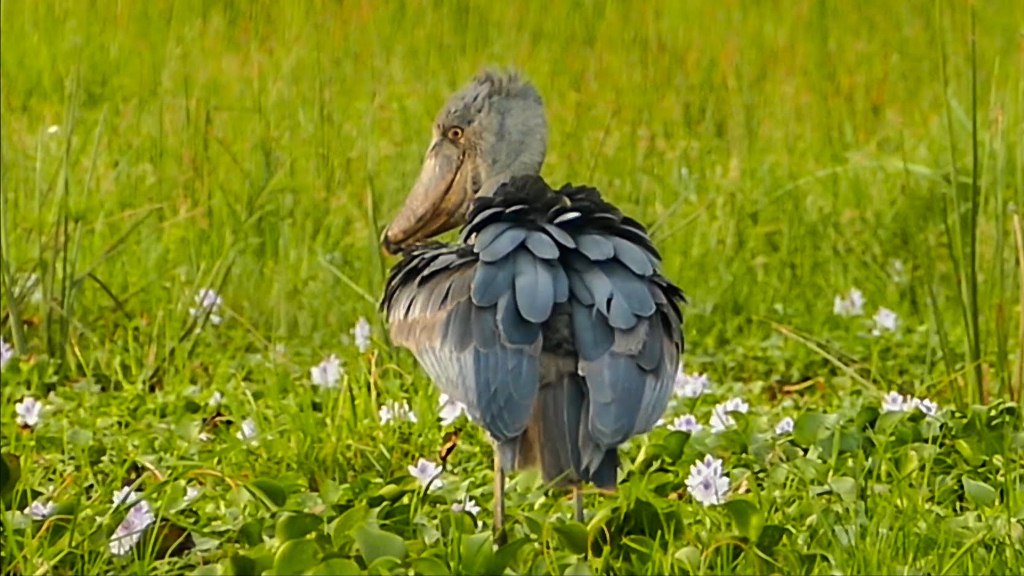


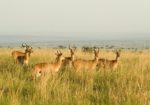
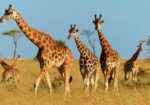
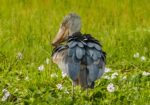
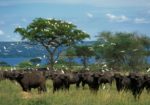
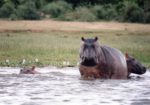
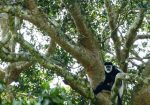

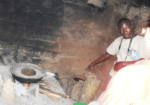

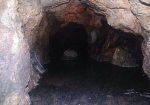








4 Comment
Edison, Uganda, 2016-10-15 at 8:44 PM
I have been to the Murchison Falls National Park several times. I always love it and whoever visits Uganda should go there not forgetting the Rhino Sanctuary on your way to Murchison.
Macus, Dubai, 2016-02-05 at 8:40 PM
Animal Sighting was very good and most was at a distance,
Murchison Falls National Park safari was very nice. The travel car from out tour agent was comfortable and the guide pleasant. The safari lasted over 7 hours. This was my first safari so I have nothing to compare it to.
Marco S Rome, Italy, 2015-06-27 at 9:13 PM
There is not much more to add. I have been in many parks in Africa (Etosha – Namibia on top of them all but also in Caprivi Strip, in Botswana, Zambia and South Africa). While all of them are wonderful this one really surprised me for the incredible setting! Very green, a lot of trees and the incredible sight of the river Nile always in the background!
It is probably harder here to slot animals, as grass is always tall and bushes are rather thick but the game drive itself is a wonderful experience that you should not miss!
Jefferson, Louisiana, 2015-04-01 at 9:17 PM
There really isn’t much more to say about this National Park that hasn’t already been said by previous reviewers. We saw a plethora of wildlife on our morning and evening adventure of animal tracking. It was surreal looking out your window and seeing elephant, giraffe and water buffalo herds just feet from the vehicle! I was even fortunate enough to spot a Leopard (no pun intended!)! We stayed at Paraa Lodge, which I will review separately.
Definitely take camera, sunglasses and binoculars. The array of birds, butterflies and wildlife is amazing! Early morning and evening visits will yield the best opportunities to see wildlife!